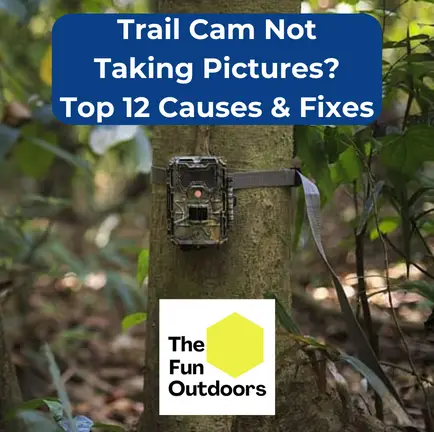Trail cameras are a popular tool used by hunters and wildlife enthusiasts to capture images and videos of animals in their natural habitats. However, when a trail camera fails to take pictures, it can be frustrating and disappointing. There are several reasons why your trail camera is not taking pictures, and it’s important to troubleshoot the issues to get it working again.
Several common reasons for a trail camera not taking pictures include the SD card being locked, using the wrong type of SD card, or the SD card needing to be reformatted, dead batteries, poor placement of the camera, camera setting issues, a dirty lens, or no animals being around to photograph.
We’ll go over all the possible causes and how to fix them in this guide so you can get back to discovering what kind of wildlife your game camera captures.
Why Is My Trail Camera Not Taking Pictures?
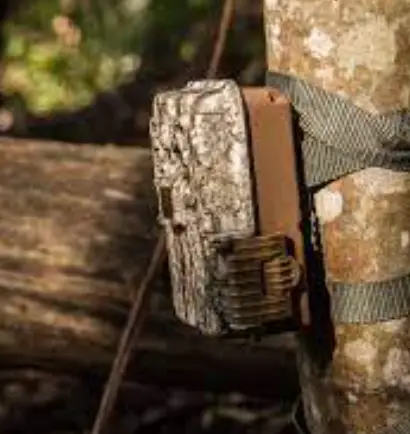
When it comes to trail cameras, there are a variety of issues that can arise and cause your camera to stop taking pictures. Here are some of the most common issues that you may encounter:
SD Card Is The Wrong Type
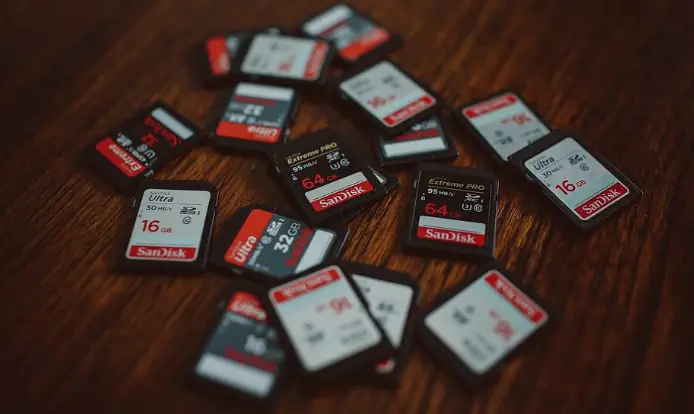
Some trail cameras can only handle SDHC cards, while others can handle other versions like SDXC. Double check your trail camera’s owners manual and the type of memory card you’re using to ensure they’re compatible.
Your SD Card Needs To Be Reformatted
If your trail camera is not taking pictures, it may be because your SD card needs to be reformatted. This can happen if the card has been used in another device or if it has become corrupted.
See Related: How To Format SD Cards For Trail Cameras
Your SD Card Lock Is On
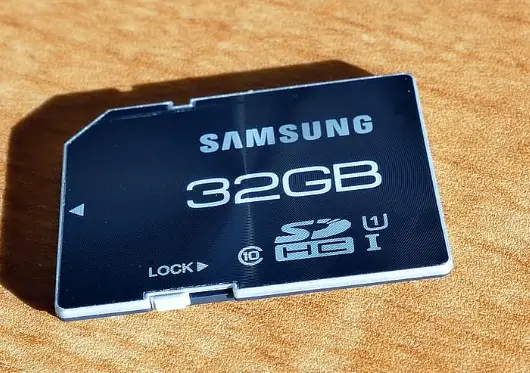
If your SD card lock is on, your trail camera will not be able to write to the card. Make sure that the lock is off before using your camera.
Your SD Card Is Full
If you haven’t transferred trail cam photos from your SD card to a computer recently, your memory card could be full. If so, that will prevent the trail cam from capturing new photos for you to see. Double check your SD card’s storage and either delete or transfer some photos to free up some space.
The Batteries Are Dead
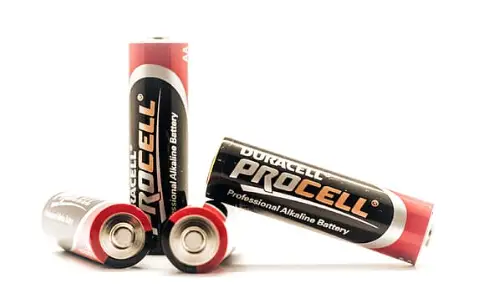
If your trail camera is not taking pictures, it may be because the batteries are dead. Make sure that you are using fresh batteries and that they are inserted correctly.
Placement Or Range Needs To Be Adjusted
If your trail camera is not taking pictures, it may be because it is not placed correctly or the range is not set correctly. Make sure that your camera is placed in an area where wildlife is likely to pass by and that the range is set correctly.
See Related: How To Hide A Trail Camera From Humans
Your SD Card Could Be Damaged
If your SD card is damaged, your trail camera may not be able to write to it. Make sure that your SD card is in good condition and that it is not damaged.
Battery Terminals Are Corroded
If your battery terminals are corroded, your trail camera may not be able to get enough power to operate. Make sure that the terminals are clean and free of corrosion.
Mode and Setting Errors
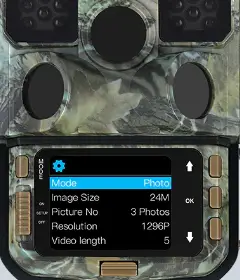
If your trail camera is not taking pictures, it may be because of mode and setting errors. Make sure that your camera is set to the correct mode and that the settings are correct.
See Related: How To Set PIR Delay On Game Camera
Lens and Detection Problems
If your trail camera is not taking pictures, it may be because of lens or detection problems. Make sure that the lens is clean and free of debris and that the detection system is working correctly.
There’s No Animals Around To Photograph
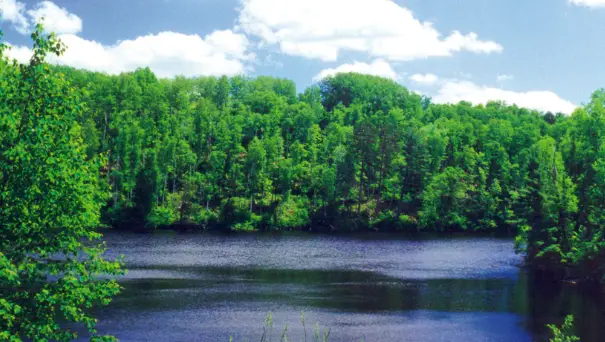
If there are no animals around to photograph, your trail camera will not take any pictures. Make sure that you are placing your camera in an area where wildlife is likely to pass by.
The Trail Camera Packaging Or Lens Protector Is Still On
If your trail camera is not taking pictures, it may be because the packaging or lens protector is still on. Make sure that you remove any packaging or lens protectors before using your camera.
In conclusion, there are a variety of issues that can cause your trail camera to stop taking pictures. By checking these common issues, you can quickly identify and fix the problem, allowing you to get back to capturing great wildlife footage.

